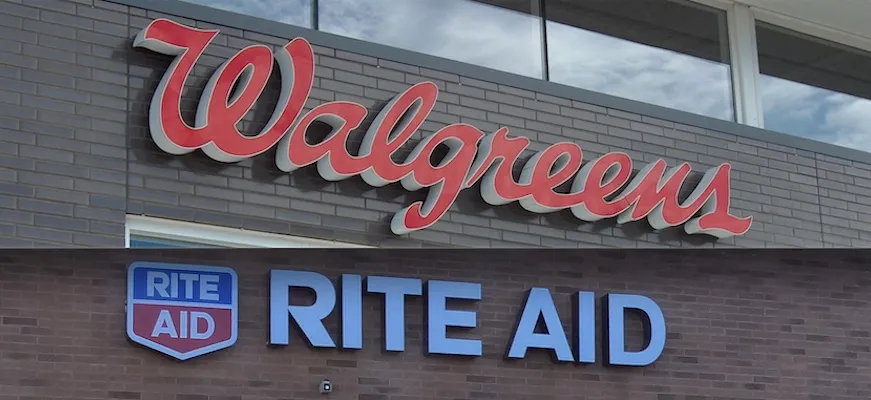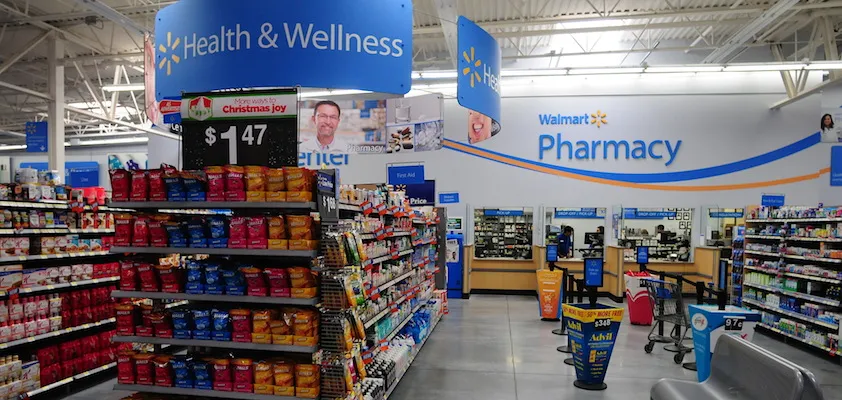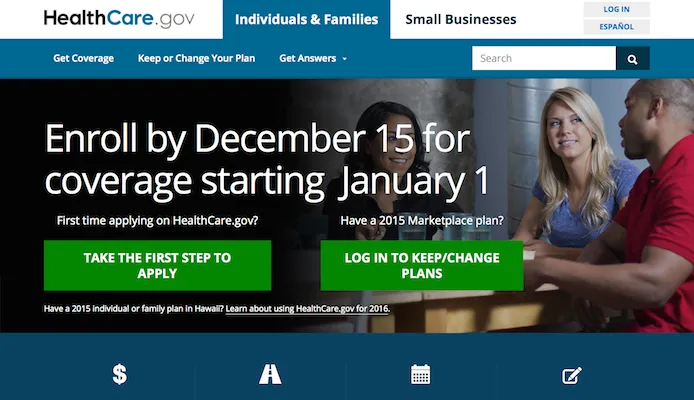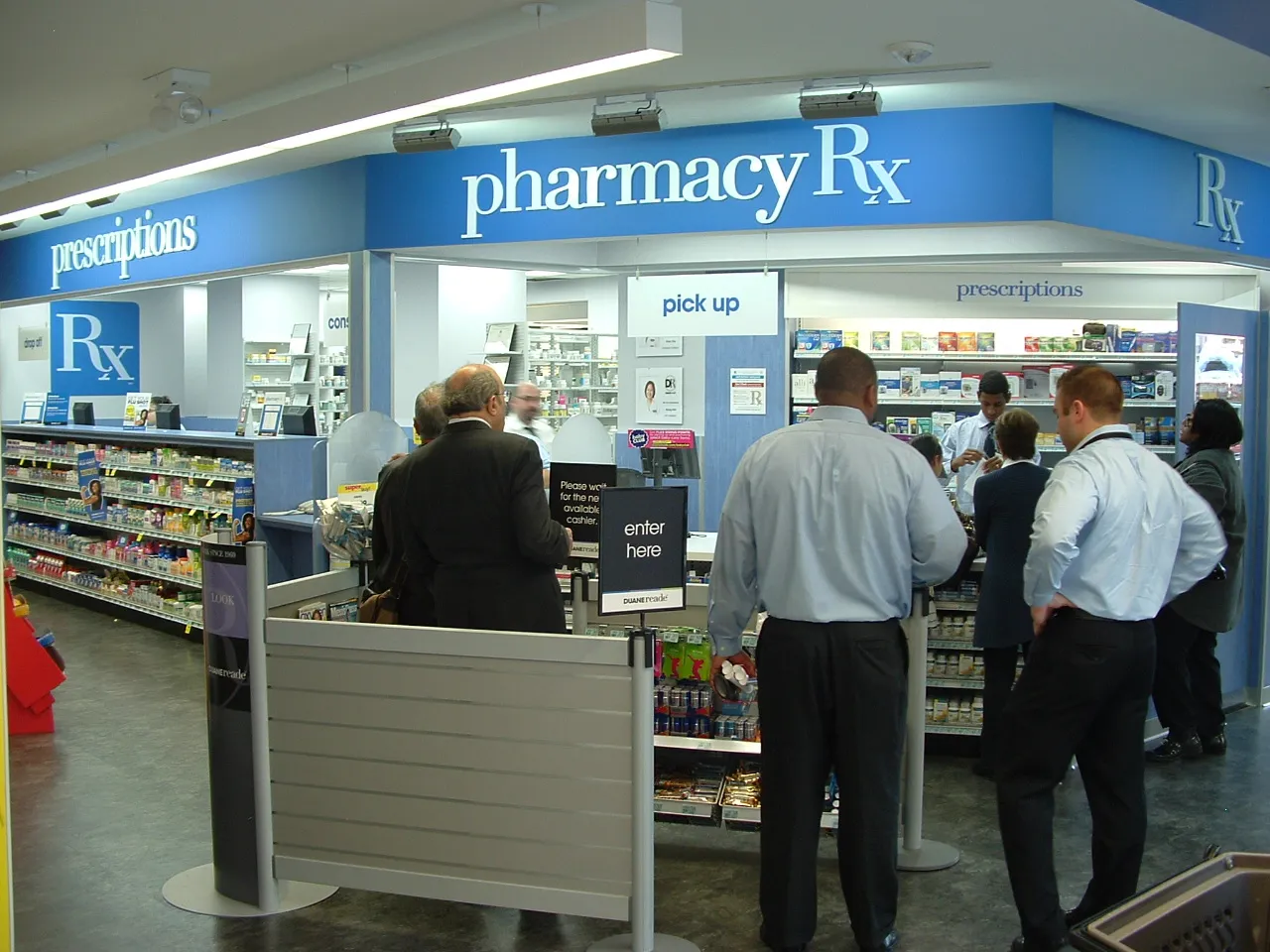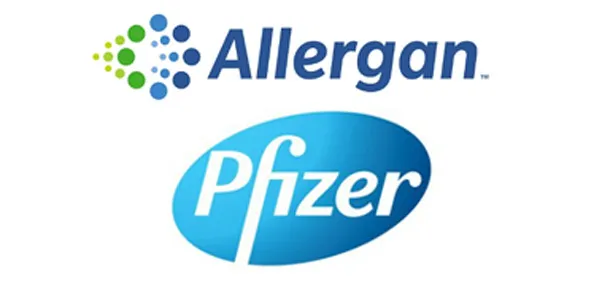The spectacular is becoming so commonplace that even the most astonishing events in chain drug retailing are assuming a ho-hum characteristic. Nothing new here, even if Walgreens has announced its intention to acquire Rite Aid.
Put another way, America’s largest chain drug retailer is intent on combining its fortunes and its future with the country’s No. 3 drug chain. What else is new?
What’s stunning about this announced acquisition is that it isn’t stunning at all — not anymore. The chain drug landscape in America changed forever when CVS merged with Caremark, one of the country’s leading pharmacy benefit managers, in 2007. That transaction effectively removed CVS from the roster of chain drug retailers, transforming it into a health care organization primarily dedicated to maintaining and improving the health of American consumers.
Following that merger, Walgreens and Alliance Boots, one of the global leaders in retail and wholesale health care delivery, decided to join forces, creating the largest global health care-oriented enterprise. Now, to further strengthen the Walgreens-Boots enterprise in the U.S., Walgreens has announced that it intends to acquire Rite Aid.
Forget the numbers. These are large companies. For the record, Rite Aid operates nearly 4,600 drug stores in 31 states and had fiscal 2015 sales of $26.5 billion. Including the recently acquired EnvisionRx PBM, Rite Aid projects total revenue of around $31 billion for fiscal 2016.
Walgreens is more difficult to define. It is a national drug chain, with 8,173 drug stores in all 50 states as well as an affiliation with a major drug wholesaler. It markets a short but impressive list of own-brand products, which are increasingly finding their way into Walgreens drug stores. More significant, none of this activity has anything to do with the Alliance Boots organization that operates stores and wholesale facilities throughout Europe and Asia — and, by the way, also works with independent drug stores in Europe, supporting them with marketing and merchandise to enhance their competitive posture.
Now add Rite Aid to the mix. Its sales and store count, while healthy, will not materially alter the fortunes of Walgreens. Rather, look at its reach. In this newly emerging era of health care, Rite Aid will certainly add to Walgreens’ already dominant position as a health care retailer while increasing the leverage that that designation implies.
No matter how many stores Walgreens might be asked to sell, close or otherwise divest itself of, the remaining number — let’s say 10,000 stores, for argument’s sake — will make it the dominant retail health care provider in the U.S. That’s right, dominant.
That dominance will propel Walgreens into an unrivaled position in the U.S. retailing community. Walmart might have more volume. The nation’s leading grocery retailers might be shopped more often. CVS might have more leverage in certain circles, due largely to its PBM affiliation. But in the traditional world of mass retailing, Walgreens will have the ear of the supplier community, especially the pharmaceutical fraction of that community.
Add to that the opportunity to sell more Walgreens own-brand merchandise through Rite Aid drug stores and the real meaning of this potential acquisition becomes clearer still.
Details of this acquisition-in-progress are yet to be revealed. But at this early date it appears that Rite Aid will be operated as a subsidiary retailer, maintaining its own offices, personnel and strategic vision. No matter. It is the combination of these two high-powered retailers that makes this potential merger so compelling, so riveting, so breathtaking, so difficult to dismiss, so important to understand.
With it comes the realization that drug store retailing in America, as we have known it for the past several decades, is dead. It has been replaced by a new model, a global model that brings about benefits in merging that were unknowable as recently as a decade ago.
What happens in America today affects, and is affected by, events outside this country. And basic numbers — sales, store counts, geographic reach, expansion plans — have little to do with the overarching impact of a transaction that brings two companies together. That new math became apparent when CVS merged with Caremark. The Walgreens-Rite Aid merger makes it a reality. That reality will determine the future of U.S. retailing from now on.

